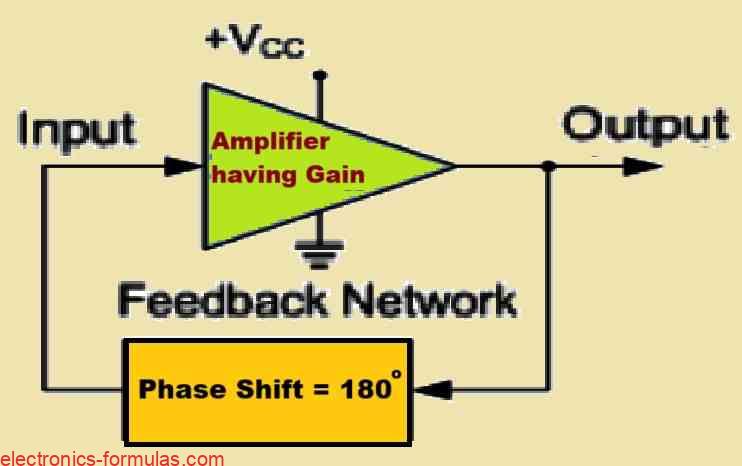In this post I will explain the Armstrong Oscillator which is yet another type of an LC oscillator circuit. What makes this so special is that it uses a parallel resonator circuit to store energy and then switches that energy between its two primary elements, the inductor (L) and the capacitor (C). The back-and-forth exchange of energy […]
Oscillator Circuits
Twin-T Oscillator Circuit: From Calculations to Practical Applications
I have personally used the Twin-T RC oscillators a lot and I find it very interesting, mainly because it is designed to generate a sinewave output. It is ideal for fixed-frequency applications much like the Wien-bridge oscillator. The name “Twin-T” oscillator comes from the fact that it employs two “Tee”-shaped RC networks in the feedback […]
Understanding Quartz Crystal Oscillator Circuits, with Calculations
Quartz crystal oscillators allow us to overcome a number of issues that may have a substantial impact on the frequency stability of an oscillator circuit. These influences include, but are not restricted to, temperature variations, fluctuations in the load connected to the oscillator, and even changes in the DC power supply voltage. All of these […]
Wien Bridge Oscillator Circuit Explained with Calculations
In the RC Oscillator tutorial, we saw that by connecting resistors and capacitors together with an inverting amplifier we can create an oscillating circuit. One of the simplest ways to generate a sine wave is through a circuit known as the Wien Bridge Oscillator. This oscillator replaces the traditional LC (inductor-capacitor) tuned tank circuit with […]
Understanding RC Oscillator Circuit, with Formulas
We all known that a single-stage transistor amplifier, when built as a common-emitter amplifier, may initiate a 180-degree phase shift between its output and input signals. This built-in characteristic of the amplifier design could be used to build an effective RC oscillator circuit. Interestingly it may be possible for us to construct transistor stages to […]
Colpitts Oscillator Working, Explained with Calculations
Compared to the Hartley oscillator that we looked at in the last lesson, the Colpitts oscillator represents a very different way of designing tuned tank circuits. Similar to the Hartley oscillator which creates a sinusoidal output waveform by implementing an LC resonance sub-circuit between the collector and base of a single-stage transistor (BJT) amplifier, the […]




